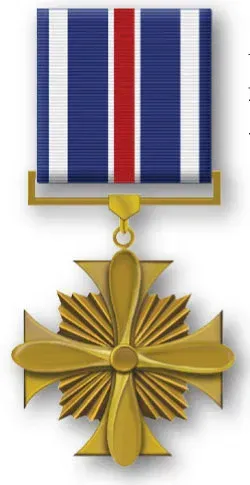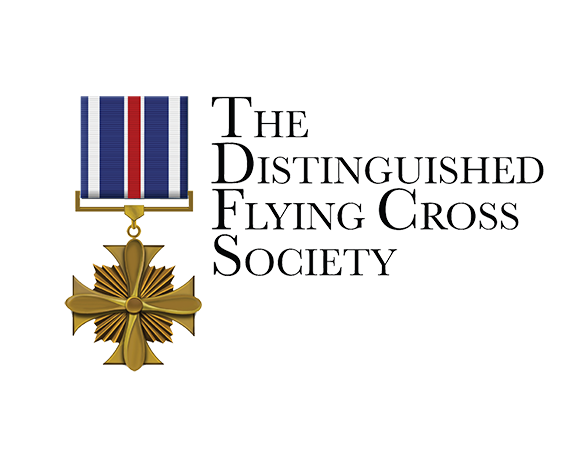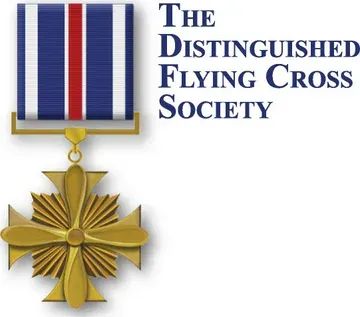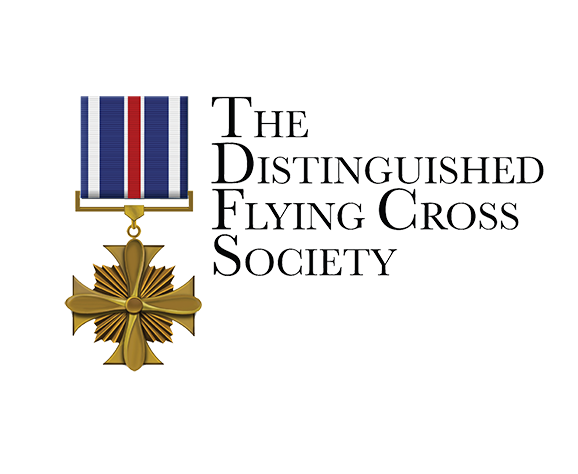The Distinguished Flying Cross medal

The Distinguished Flying Cross medal is awarded to any officer or enlisted person of the armed forces of the United States for heroism or extraordinary achievement while participating in aerial flight. The heroism or achievement must be entirely distinctive, involving operations that are not routine. It is not awarded for sustained operational activities and flights. The DFC is the fourth highest award for heroism and the highest award for extraordinary aerial achievement.
The award was authorized by Act of Congress on July 2, 1926. Executive Order 4601 of March 1, 1927 established the rules and regulations pertaining to the award. The decoration could be awarded for actions after April 6th, 1917. The intent was to include deserving WWI aviators, though only one WWI aviator has received the DFC. And that award was through the efforts of his descendants years later.
Subsequent awards of the Distinguished Flying Cross are indicated by oak leaf clusters for Army and Air Force personnel and by additional award stars for members of the Naval services. Members are also authorized wear of Combat “C” and Valor "V" Devices (as applicable).
The Distinguished Flying Cross was designed by Elizabeth Will and Arthur E. DuBois. It is a bronze cross pattee, with rays between the arms of the cross. On the obverse is a propeller of four blades, with one blade in each arm of the cross and in the re-entrant angles of the cross are rays which form a square. The cross is suspended by a rectangular-shaped bar and centered on this is a plain shield. The reverse is blank and suitable for engraving the recipient's name and rank.
The ribbon has a narrow red center stripe, flanked on either side by a thin white stripe, a wide stripe of dark blue, a narrow white stripe and narrow dark blue at the edge of the ribbon.


